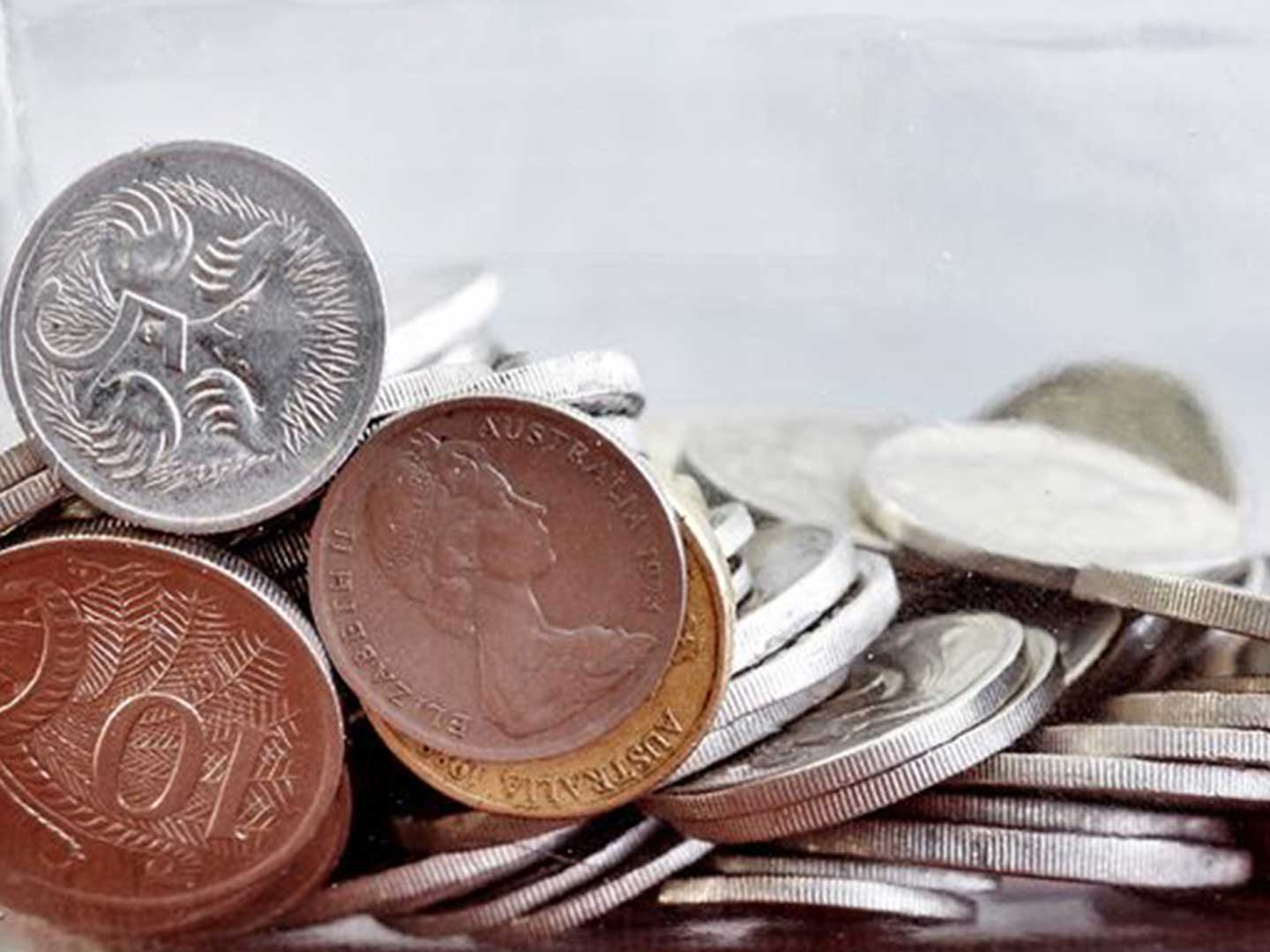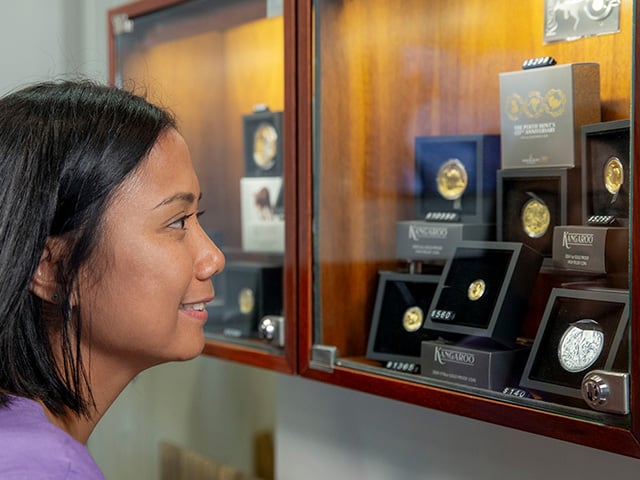On this day: Australia goes decimal

On 14 February 1966, Australia introduced decimal notes and coins, marking the end of its British-style currency system based on pounds, shillings and pence.
In the lead up to the introduction of decimal currency there was a concerted program to educate the public. This included extensive media coverage, including the famous ‘Dollar Bill’ campaign:
The subject of decimal coinage in Australia had been debated since Federation. The Decimal Currency Select Committee deliberated from 1901 to 1904 and recommended decimalisation based on a sovereign consisting of 10 florins.
Despite powerful proponents, it was decided that the move would put Australia at odds with Britain, which stood firmly against decimalisation. Even so, when the Commonwealth Government became responsible for the production of silver coins a few years later, it deliberately excluded the half-crown in order to make any future transition to decimal coinage easier.
Many Australian soldiers came into contact with a system of decimal coinage while fighting on the Western Front during World War I. Public opinion in Australia moved significantly ahead of Britain, but the Commonwealth Government still preferred to take its lead from London.
It was not until the 1959 Decimal Currency Committee reported decisively in favour of change that the attitude of Australian legislators shifted. As a consequence of the uncertainty created by its appointment and inquiry, the Committee urged the Commonwealth Government “to announce its decision at the earliest practicable date.”
In 1963 it was decided that Australia’s decimal currency should be based on a 10 shilling/100 cent system and that the major unit would be called the Royal.
Many would have preferred a more Australian sounding title. Indeed, names like the Emu, Koala, Digger, Oz, Boomer, Roo, Kanga, Kwid and Dinkum emerged as a result of a public naming competition.
Then Treasurer Harold Holt explained that the more conservative choice emphasised Australia’s link with the Crown. But the public wasn’t so easily convinced, and three months later the Government was compelled to change its mind and adopt the name Dollar.
The decision to decimalise the currency provided a perfect opportunity to design a completely new series of coins featuring Australian motifs. A limited competition was held among six designers, including Geelong-born sculptor and goldsmith Stuart Devlin, whose images of native fauna famously won the day.
Did you know?
The Perth Mint played an important part in preparations for the introduction of decimal coinage, striking nearly 105 million 1 cent and 2 cent pieces in 1965. By 1983, it had manufactured a staggering 829 million 2c coins and 26 million 1c coins.
Subsequently:
- The silver 50c coin was replaced by a cupro-nickel 12-sided coin in 1969.
- The $1 coin was introduced in 1984 to replace the $1 note.
- The $2 coin was introduced in 1988 to replace the $2 note.
- The 1c and 2c coins were withdrawn from circulation in 1992.














